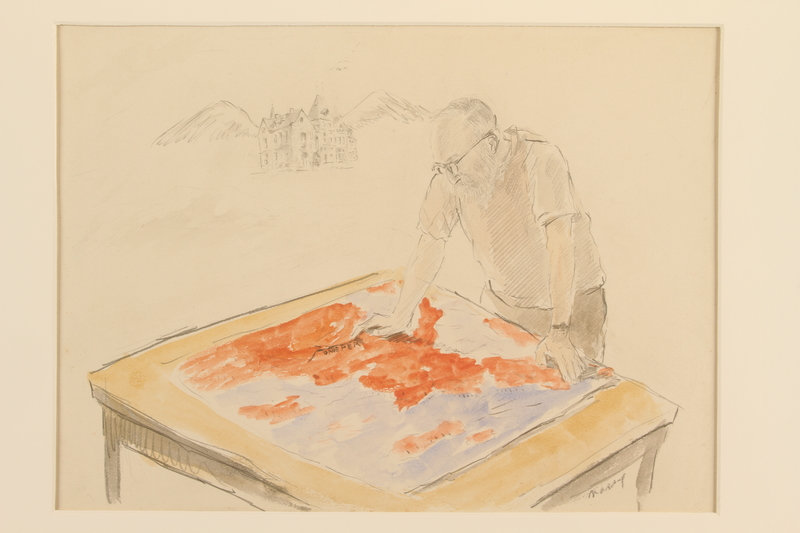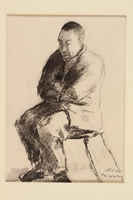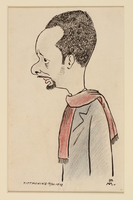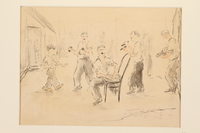Overview
- Credit Line
- United States Holocaust Memorial Museum Collection, Gift of the Severin Wunderman Family
- Signature
- lower right, "Nassy"
- Contributor
-
Artist:
Josef Nassy
Subject: Josef Nassy
- Biography
-
Josef Nassy was born in 1904 in Paramaribo, Suriname (the Dutch Guiana.) He was the seventh of nine children. His father Adolf was a prosperous businessman and member of Parliament. He was a descendant of Jews who fled Spain during the Inquisition, and spoke Yiddish, but was not religious. Josef was also of African descent. In 1919, Josef joined his father, in New York. He had taken art classes since a child, and now attended the Pratt Institute. He received a degree in industrial electrical engineering and worked in London and Paris installing movie theatre sound systems. In 1938, he attended the Academie des Beaux Arts in Brussels, Belgium, to study painting. Nassy was earning a living as a portrait artist when World War II began. In May 1940, Nazi Germany invaded and occupied Belgium. Josef was arrested in April 1942 as an enemy national, as he had an American passport. Nassy was held in Beverloo transit camp in Leopoldsburg, Belgium, before being transferred to Laufen internment camp and its subcamp Tittmoning. While imprisoned, Nassy was supplied with art materials by the International YMCA. He created more than 200 paintings and drawings chronicling the people and the appearance of the camp, with works featuring the barbed wire, watch towers, and prison bars. The United States Army liberated Laufen internment camp on May 5, 1945. Nassy passed away in 1976.
Physical Details
- Classification
-
Art
- Category
-
Drawings
- Object Type
-
Drawing (lcsh)
- Physical Description
- Image of a man leaning on a table looking at a map.
- Dimensions
- overall: Height: 9.000 inches (22.86 cm) | Width: 12.375 inches (31.433 cm)
- Materials
- overall : wove paper, graphite, watercolor, wax crayon
Rights & Restrictions
- Conditions on Access
- There are no known restrictions on access to this material.
- Conditions on Use
- Material(s) in this collection may be protected by copyright and/or related rights. You do not require further permission from the Museum to use this material. The user is solely responsible for making a determination as to if and how the material may be used.
Keywords & Subjects
- Topical Term
- Concentration camps--Germany--Pictorial works. Concentration camp inmates as artists--Germany--Biography. Holocaust, Jewish (1939-1945), in art--Pictorial works. Prisoners of war in art--Germany--Pictorial works. World War, 1939-1945--Art and the war--Pictorial works. World War, 1939-1945--Concentration camps--Pictorial works.
- Personal Name
- Nassy, Joseph Johan Cosmo, 1904-1976.
- Corporate Name
- Ilag VII (Concentration camp)
Administrative Notes
- Legal Status
- Permanent Collection
- Provenance
- The drawing was donated to the United States Holocaust Memorial Museum in 1991 by the Severin Wunderman Family.
- Record last modified:
- 2023-06-06 09:24:44
- This page:
- https://collections.ushmm.org/search/catalog/irn5471
Download & Licensing
In-Person Research
- By Appointment
- Request 21 Days in Advance of Visit
- Plan a Research Visit
- Request to See This Object
Contact Us
Also in Josef Nassy collection
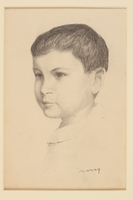
Drawing by Josef Nassy
Object
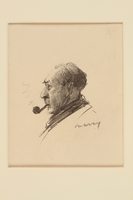
Drawing by Josef Nassy
Object
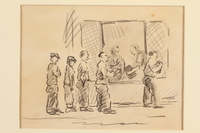
Drawing by Josef Nassy
Object
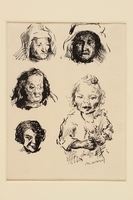
Drawing by Josef Nassy
Object
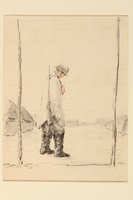
Drawing by Josef Nassy
Object
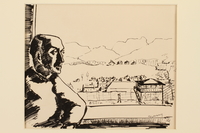
Drawing by Josef Nassy
Object
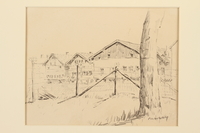
Drawing by Josef Nassy
Object
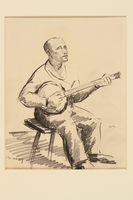
Drawing by Josef Nassy
Object
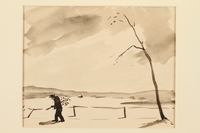
Drawing by Josef Nassy
Object
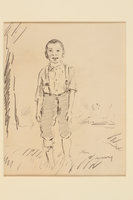
Drawing by Josef Nassy
Object
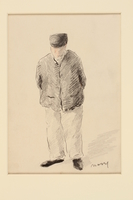
Drawing by Josef Nassy
Object
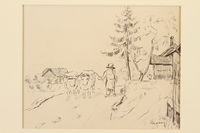
Drawing by Josef Nassy
Object
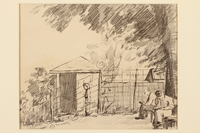
Drawing by Josef Nassy
Object
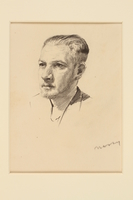
Drawing by Josef Nassy
Object
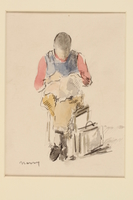
Drawing by Josef Nassy
Object
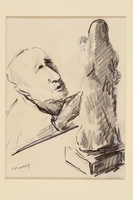
Drawing by Josef Nassy
Object
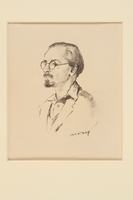
Drawing by Josef Nassy
Object
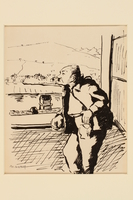
Drawing by Josef Nassy
Object
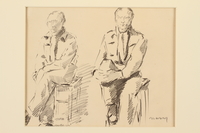
Drawing by Josef Nassy
Object

Drawing by Josef Nassy
Object
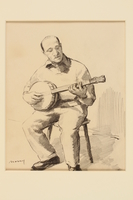
Drawing by Josef Nassy
Object
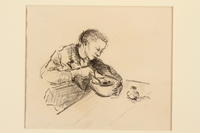
Drawing by Josef Nassy
Object
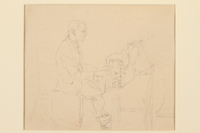
Drawing by Josef Nassy
Object
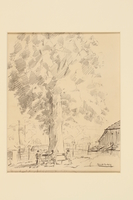
Drawing by Josef Nassy
Object
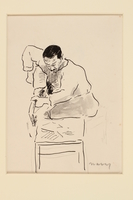
Drawing by Josef Nassy
Object
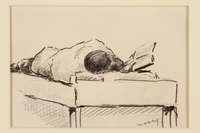
Drawing by Josef Nassy
Object
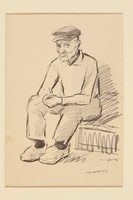
Drawing by Josef Nassy
Object

Drawing by Josef Nassy
Object
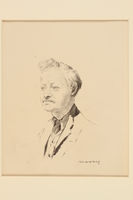
Drawing by Josef Nassy
Object
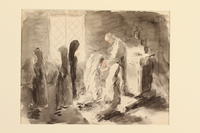
Drawing by Josef Nassy
Object
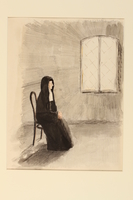
Drawing by Josef Nassy
Object
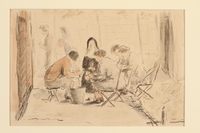
Drawing by Josef Nassy
Object
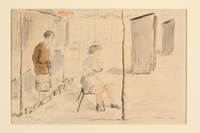
Drawing by Josef Nassy
Object
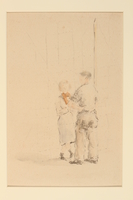
Drawing by Josef Nassy
Object
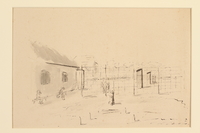
Drawing by Josef Nassy
Object
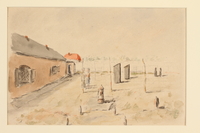
Drawing by Josef Nassy
Object
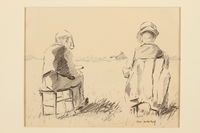
Drawing by Josef Nassy
Object
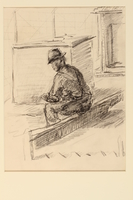
Drawing by Josef Nassy
Object
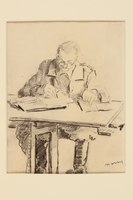
Drawing by Josef Nassy
Object
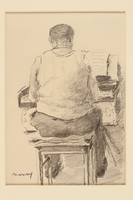
Drawing by Josef Nassy
Object

Drawing by Josef Nassy
Object
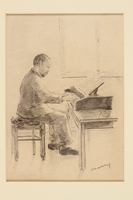
Drawing by Josef Nassy
Object
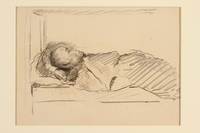
Drawing by Josef Nassy
Object

Drawing by Josef Nassy
Object
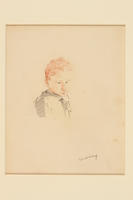
Drawing by Josef Nassy
Object
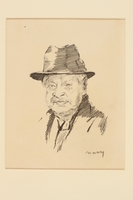
Drawing by Josef Nassy
Object
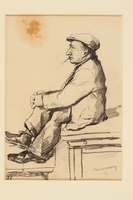
Drawing by Josef Nassy
Object
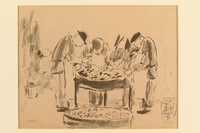
Drawing by Josef Nassy
Object

Drawing by Josef Nassy
Object
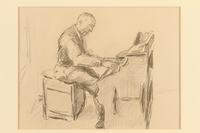
Drawing by Josef Nassy
Object
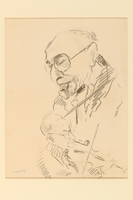
Drawing by Josef Nassy
Object
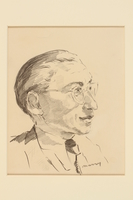
Drawing by Josef Nassy
Object
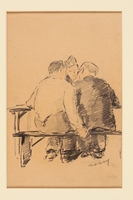
Drawing by Josef Nassy
Object
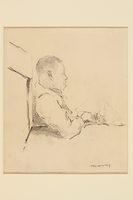
Drawing by Josef Nassy
Object
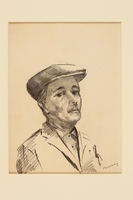
Drawing by Josef Nassy
Object
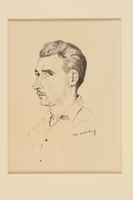
Drawing by Josef Nassy
Object
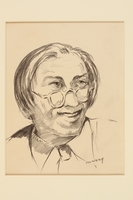
Drawing by Josef Nassy
Object
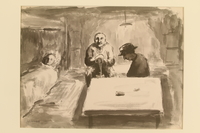
Drawing by Josef Nassy
Object
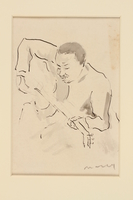
Drawing by Josef Nassy
Object
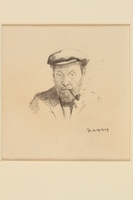
Drawing by Josef Nassy
Object
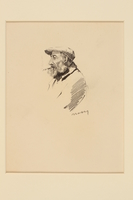
Drawing by Josef Nassy
Object
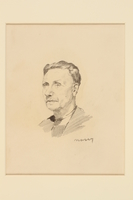
Drawing by Josef Nassy
Object

Drawing by Josef Nassy
Object
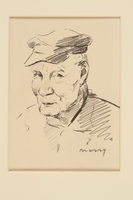
Drawing by Josef Nassy
Object

Drawing by Josef Nassy
Object
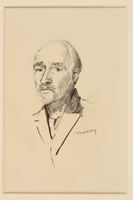
Drawing by Josef Nassy
Object
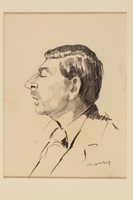
Drawing by Josef Nassy
Object
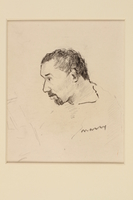
Drawing by Josef Nassy
Object
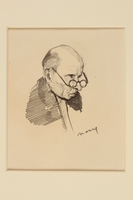
Drawing by Josef Nassy
Object
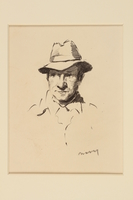
Drawing by Josef Nassy
Object
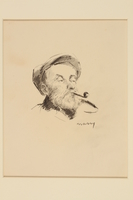
Drawing by Josef Nassy
Object
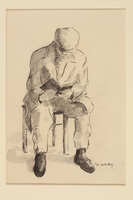
Drawing by Josef Nassy
Object
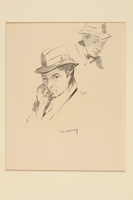
Drawing by Josef Nassy
Object
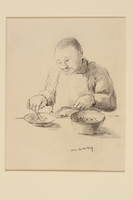
Drawing by Josef Nassy
Object
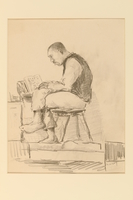
Drawing by Josef Nassy
Object
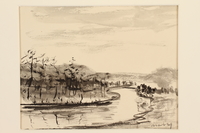
Drawing by Josef Nassy
Object
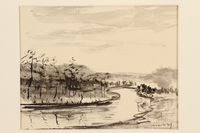
Drawing by Josef Nassy
Object
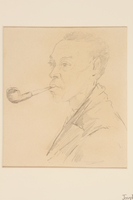
Drawing by Josef Nassy
Object
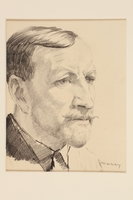
Drawing by Josef Nassy
Object
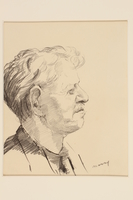
Drawing by Josef Nassy
Object
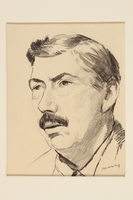
Drawing by Josef Nassy
Object
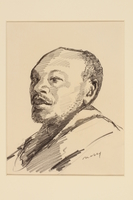
Drawing by Josef Nassy
Object
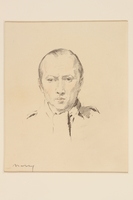
Drawing by Josef Nassy
Object

Drawing by Josef Nassy
Object
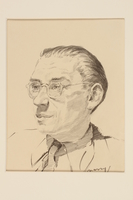
Drawing by Josef Nassy
Object
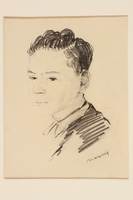
Drawing by Josef Nassy
Object
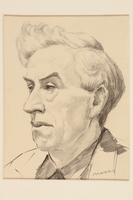
Drawing by Josef Nassy
Object
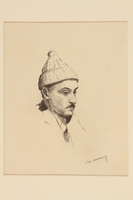
Drawing by Josef Nassy
Object

Drawing by Josef Nassy
Object
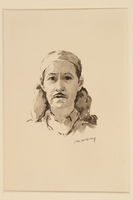
Drawing by Josef Nassy
Object
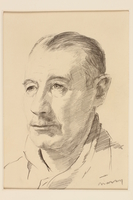
Drawing by Josef Nassy
Object
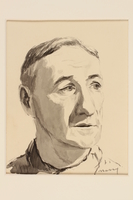
Drawing by Josef Nassy
Object
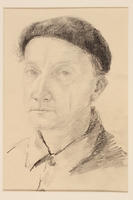
Drawing by Josef Nassy
Object
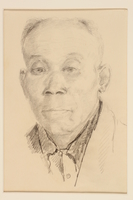
Drawing by Josef Nassy
Object
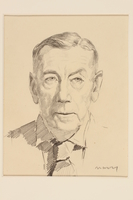
Drawing by Josef Nassy
Object
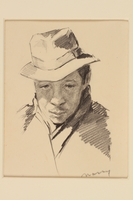
Drawing by Josef Nassy
Object
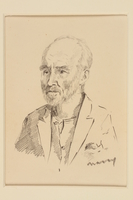
Drawing by Josef Nassy
Object
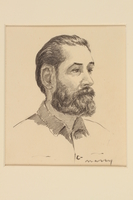
Drawing by Josef Nassy
Object

Drawing by Josef Nassy
Object
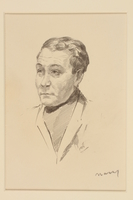
Drawing by Josef Nassy
Object
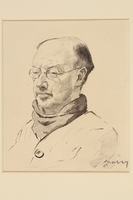
Drawing by Josef Nassy
Object
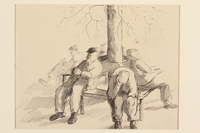
Drawing by Josef Nassy
Object
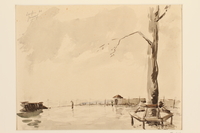
Drawing by Josef Nassy
Object
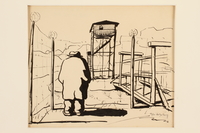
Drawing by Josef Nassy
Object
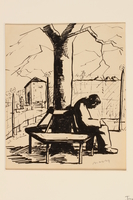
Drawing by Josef Nassy
Object
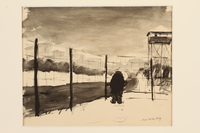
Drawing by Josef Nassy
Object
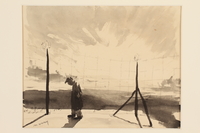
Drawing by Josef Nassy
Object
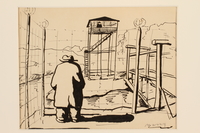
Drawing by Josef Nassy
Object
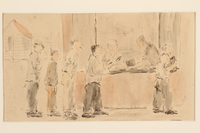
Drawing by Josef Nassy
Object
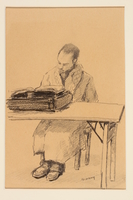
Drawing by Josef Nassy
Object
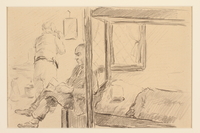
Drawing by Josef Nassy
Object
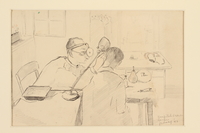
Drawing by Josef Nassy
Object
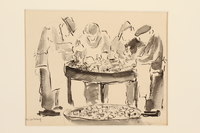
Drawing by Josef Nassy
Object
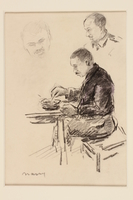
Drawing by Josef Nassy
Object
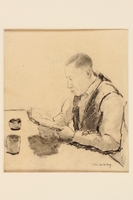
Drawing by Josef Nassy
Object
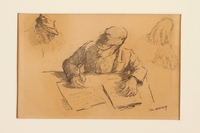
Drawing by Josef Nassy
Object
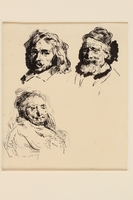
Drawing by Josef Nassy
Object
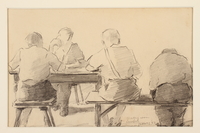
Drawing by Josef Nassy
Object
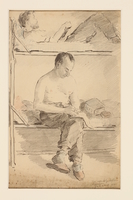
Drawing by Josef Nassy
Object

Drawing by Josef Nassy
Object
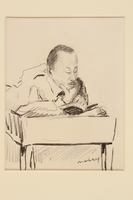
Drawing by Josef Nassy
Object
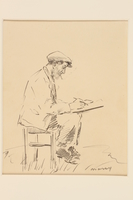
Drawing by Josef Nassy
Object
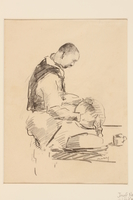
Drawing by Josef Nassy
Object

Drawing by Josef Nassy
Object
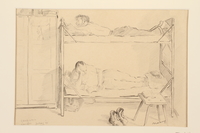
Josef Nassy drawing
Object
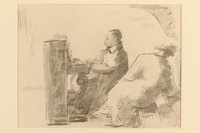
Painting by Josef Nassy
Object
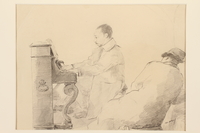
Drawing of Freddy Johnson by Josef Nassy
Object
The drawing was created by Josef Nassy and depicts Freddy Johnson, an African-American jazz musician, playing piano while both men were held in Tittmoning internment camp in Germany, between 1942 and 1944.
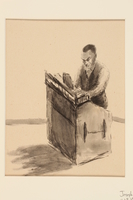
Drawing by Josef Nassy
Object
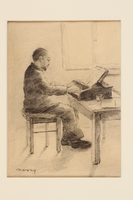
Drawing by Josef Nassy
Object
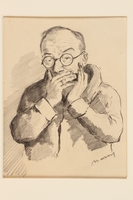
Drawing by Josef Nassy
Object
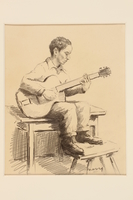
Drawing by Josef Nassy
Object
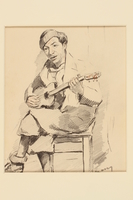
Drawing by Josef Nassy
Object
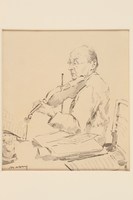
Drawing by Josef Nassy
Object

Drawing by Josef Nassy
Object
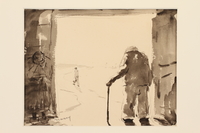
Drawing by Josef Nassy
Object
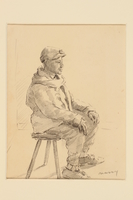
Drawing by Josef Nassy
Object
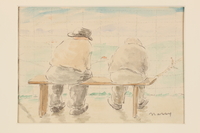
Drawing by Josef Nassy
Object
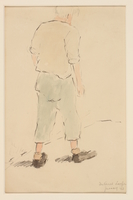
Drawing by Josef Nassy
Object
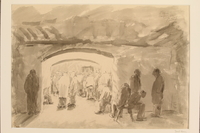
Drawing by Josef Nassy
Object
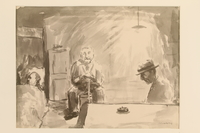
Drawing by Josef Nassy
Object
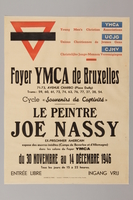
Poster announcing Josef Nassy postwar exhibition
Object
Offset, printed poster announing an exhibition of works by Nassy at LaPetite Galerie, Bruxelles, Belgium, from November 30 to December 14, 1946. The exhibition was sponsored by the Young Men's Christian Association (YMCA).
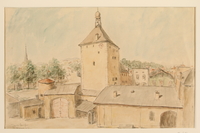
Drawing by Josef Nassy
Object

Drawing by Josef Nassy
Object
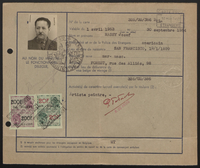
Josef Nassy papers
Document
The Josef Nassy papers include a letter thanking Nassy for art classes he taught at the Laufen internment camp, a travel permit allowing Nassy to cross the border into Austria and return, a program for Nassy’s October 1946 exhibition of internment camp artwork in Brussels, and Nassy’s 1953 employment card indicating his status as a foreign artist working in Belgium. The employment card falsely claims that Nassy was born in San Francisco in 1899.
Painting by Josef Nassy
Object
Painting by Josef Nassy
Object
Painting by Josef Nassy
Object
Painting by Josef Nassy
Object
Painting by Josef Nassy
Object
Painting by Josef Nassy
Object
Painting by Josef Nassy
Object
Painting by Josef Nassy
Object
Painting By Josef Nassy
Object
Painting by Josef Nassy
Object
Painting by Josef Nassy
Object
Drawing by Josef Nassy
Object
Painting by Josef Nassy
Object
Painting by Josef Nassy
Object
Painting by Josef Nassy
Object
Painting by Josef Nassy
Object
Painting by Josef Nassy
Object
Painting by Josef Nassy
Object
Painting by Josef Nassy
Object
Painting by Josef Nassy
Object
Painting by Josef Nassy
Object
Painting by Josef Nassy
Object
Painting by Josef Nassy
Object
Painting by Josef Nassy
Object
Painting by Josef Nassy
Object
Painting by Josef Nassy
Object
Painting by Josef Nassy
Object
Painting by Josef Nassy
Object
Painting by Josef Nassy
Object
Painting by Josef Nassy
Object
Painting by Josef Nassy
Object
Painting by Josef Nassy
Object
Painting by Josef Nassy
Object
Painting by Josef Nassy
Object
Painting by Josef Nassy
Object
Painting by Josef Nassy
Object
Painting by Josef Nassy
Object
Painting by Josef Nassy
Object
Painting by Josef Nassy
Object
Painting by Josef Nassy
Object
Painting by Josef Nassy
Object
Painting by Josef Nassy
Object
Drawing by Josef Nassy
Object
Painting by Josef Nassy
Object
Painting by Josef Nassy
Object
Painting by Josef Nassy
Object

